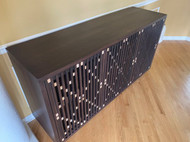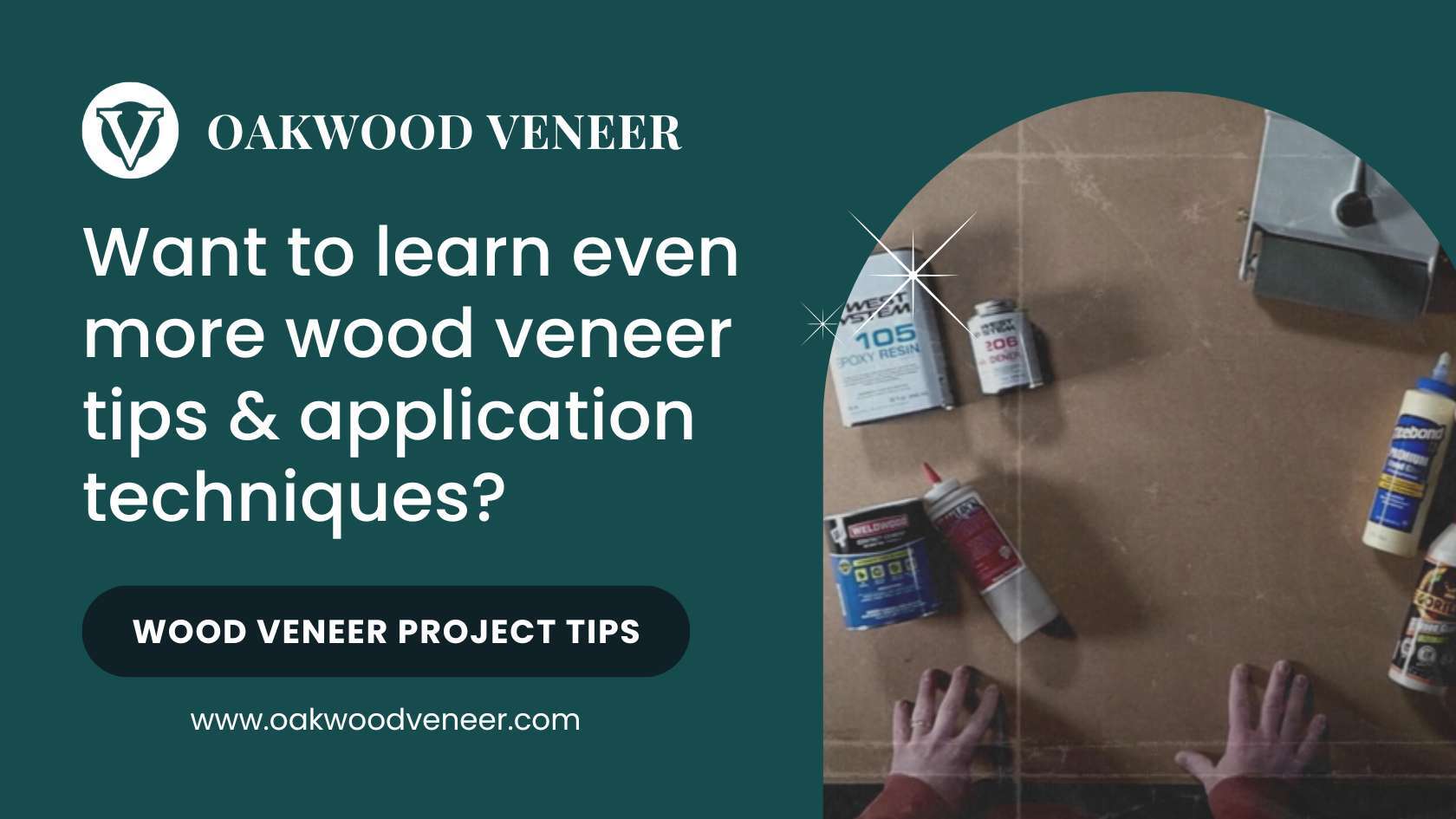The type of glue you use to hold wood veneer sheets in place depends on the specific application and the substrate you're bonding it to. Here are some common types of glue used for veneering:
- Wood Glue (PVA Glue): Wood glue, such as Polyvinyl Acetate (PVA) glue, is a popular choice for veneering wood substrates. It provides a strong bond and dries clear. Make sure to spread the glue evenly and use clamps to apply pressure while the glue sets.
- Contact Cement: Contact cement is another option for veneering. It's applied to both the veneer and the substrate, allowed to dry, and then the two surfaces are pressed together. Contact cement provides an instant bond once the two surfaces are pressed together, so careful alignment is crucial. It's commonly used for veneering larger surfaces or non-porous substrates like plywood or MDF.
- Veneer Adhesive: Some adhesives are specifically formulated for veneering applications. These adhesives often have longer open times, allowing for adjustments to be made before the bond sets. They can be solvent-based or water-based, and their suitability depends on the specific requirements of your project.
- Hot Melt Glue: Hot melt glue, applied with a glue gun, can be used for temporary veneer attachment or for small repairs. However, it's not typically used for permanent veneering applications.
- Animal Hide Glue: Traditional animal hide glue, also known as hide glue, has been used for centuries in woodworking. It's available in liquid or granular form and requires heating before application. While it's less common nowadays, some woodworkers still prefer it for its traditional properties and reversible nature.
Before applying any glue, ensure that both the veneer and the substrate are clean, dry, and free of dust or debris. Test the adhesive on scrap pieces of veneer and substrate to ensure compatibility and to practice your technique before applying it to your project.



